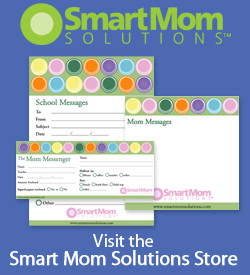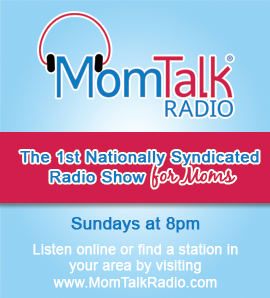On the first day of preschool I don’t know who is more anxious at drop-off time – the parents or the preschoolers. As a preschool teacher at KinderCare Learning Centers, I know how exciting the beginning of a new school year can be, but I also see how tough the separation process can be when mom or dad says goodbye to their little one. Young children at this age may hug mom’s leg tightly, grip dad’s waist and refuse to let go, or cry. While drop-off time may seem like the most difficult time of the day, there are some things parents can do to make this transition smoother for everyone.
The anxieties a child may feel at drop-off time are completely normal — and so are the parents’! It’s encouraging for parents to know that there are many positive (and peaceful) ways to say goodbye at school that will help build a child’s confidence. Here are some things parents can begin doing to ensure a stress-free, tear-free goodbye.
Be An Early Bird. Saying goodbye is never easy. Breaking into tears or clutching onto mom are all normal ways children react to separation time. One way to ease the transition is to arrive at school 15 minutes early to give preschoolers ample time to adjust to the transition and say goodbye. Parents need to plan ahead and make sure they have enough time on the first day and even on the days that follow for a special goodbye. Children take cues from their parents, so if parents are anxious about leaving, they too may start to feel anxious about saying goodbye. At drop-off time, parents should take the time to focus their attention on their child – this can help children relax and ease their anxieties about separating. You could comment about the children’s art work hanging on the wall or the activity taking place at the table – anything that signals you are aware of what is happening within your child’s classroom.
Develop a Routine. It’s important for parents to develop and maintain a consistent morning routine, including a consistent drop-off routine at school. Because young children cannot tell time or and are learning to recall day-to-day events, their sense of security comes from predictable routines – knowing what to expect next or what will happen next gives them confidence. Waking up at the same time each morning, doing the same things to get ready for school, and saying goodbye in the same way each day at school will provide much-needed consistency. Something as simple as establishing a consistent routine can set children up for an easier home-to-school transition.
Talk it Out and Read Out Loud. When saying goodbye, let your child know you are leaving. Slipping away is not the solution and in fact makes a child more anxious when they can’t find you. As a teacher, I frequently see this happen and it hinders children from developing a healthy goodbye process. Verbalize every action to your child. Let your child know you are leaving and that you will be picking him or her up at a certain time. For example, you might say, “I’m going to leave in five minutes and go to work. I’ll come back and pick you up after you’ve eaten lunch.” Talk your child through the posted classroom schedule for the day so he or she knows what to expect. You might say, “This morning you will paint and build with blocks. Later, you will sing songs and read a book with your teacher. After that, you will play outside in the playground and then get ready for lunch.” Parents should also remember to speak to children about separation anxiety in a positive and upbeat manner. For example, avoid saying things like, “Big boys don’t cry at school.” Instead, you might say, “I know you’re sad to see me leave. I will miss you too and will be back after you have recess this afternoon to pick you up.” Children show emotion through crying and it’s normal for them to do so. Acknowledging their emotions is an important part of helping them cope with separation anxiety. Remind children of all the fun and exciting offerings school has to provide. “Wow! You’re going to paint at the easel today – what do you think you’ll paint?”
In addition to talking with your child about preschool, reading with your child about preschool can be just as important. Books such as Llama, Llama Misses Mama (by Anna Dewdney), The Night Before Preschool (by Natasha Wing and Amy Wummer), and Preschool Day Hooray! (by Linda Leopold Strauss), help children understand what might happen and what to expect on the first day of school . And as a bonus, by reading with your child, you will help him or her develop a lifelong love of reading.
It’s important to keep in mind that every child is unique and may respond in different ways to separation. Remember, too, that teachers like me have a lot of experience helping families and children with separation anxiety, and are always willing to step in at any moment during goodbye time to help you and your child work through the transition.
___________________________________________________________________
Wendy Lieberman has been an educator at KinderCare for 15 years, currently acting as the Pre-Kindergarten teacher at the Cincinnati KinderCare Learning Center.


